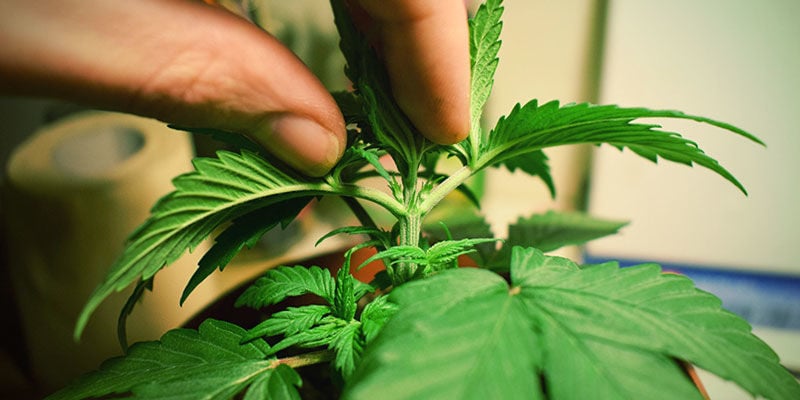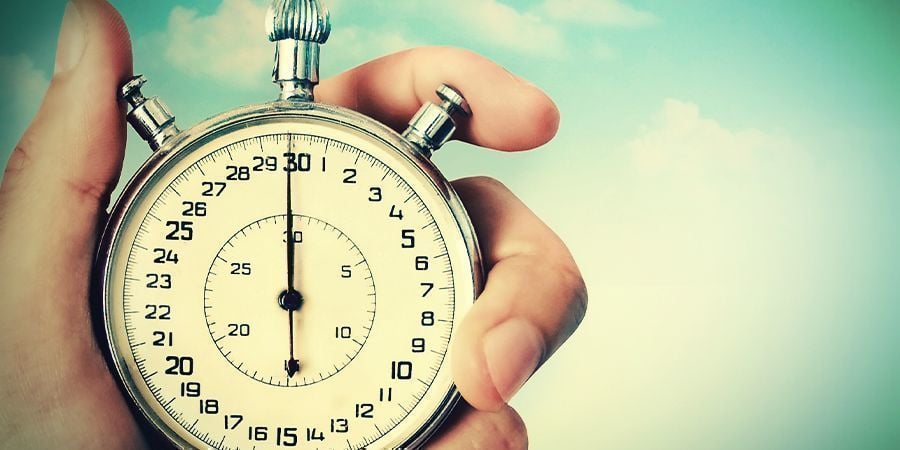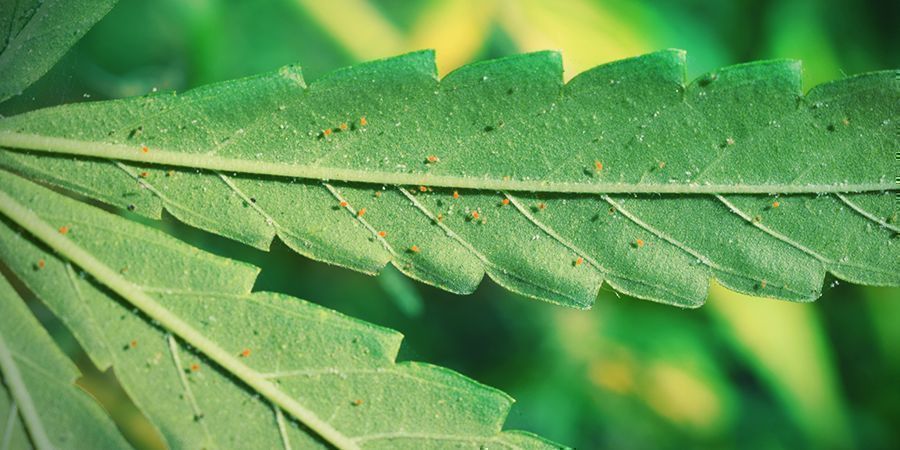Topping Cannabis: Everything You Need To Know

Topping is a technique that cannabis growers use to boost the yields of their crops. The process of topping cannabis plants is relatively simple and uncomplicated. It involves cutting off the top part of a plant during the vegetative phase to encourage it to grow more laterally. Cutting off part of your plant might seem like an odd thing to do, but in the long-run, this works to produce large yields of great quality.
Left to their own devices, cannabis plants grow mostly vertically, featuring a main stem and cola to which most of the energy is supplied. Topped plants possess several main stems and multiple large colas. Topping forces plants to redistribute growth hormones more evenly, resulting in a more even and bulky canopy of buds. This widespread layout also allows bud sites to receive equal amounts of light, as opposed to being overshadowed by the main cola and fan leaves on a more vertical plant.
Best of all the process is repeatable so 4, 8, 16 or even 32 colas can be developed. With a little practice, even a novice grower can master topping and harvest professional yields.
By the end of this easy topping guide, you will at least be confident enough to test top a few plants in the cannabis garden. It’s always best to experiment with one or two plants before totally committing an entire weed crop. And don’t panic if you happen to make a meal of topping. We’ve got you covered with grow guides for both LST and FIM techniques to rescue the situation.
BENEFITS OF TOPPING

The number one advantage of topping cannabis plants is the tremendous yield potential that the technique unlocks. In comparison with marijuana left to grow au naturel, topped cannabis plants will deliver a heavier harvest nine times out of ten.
Topping can be combined with Lollipopping and the ScrOG method to produce huge harvests of top-shelf colas. Alternatively topped plants are often trained in a 4-way LST. Again, this can also be combined with the ScrOG method for equally impressive harvests.
The secondary benefit of topping is it facilitates an even canopy. Topped plants fill out lateral grow space. Instead of racing up vertically they focus on lateral growth and new colas. Topping will not completely curb the vertical growth entirely. Especially not mostly sativa stretchy strains. Rather topping slows vertical growth down allowing side branches to catch up while two new top colas are emerging.
DISADVANTAGES OF TOPPING
Topping marijuana creates an open wound. If conditions in the grow-op are less than perfect or pests/pathogens are present there could be trouble in the forest. Any kind of stress is bad for cannabis plants. Topping can be an open invitation for fungi and other microbial nasties.
Overall the benefits of topping marijuana far outweigh the potential pitfalls. Topping cannabis plants in a perfectly dialled-in grow-op shouldn’t present any problems. It is oft espoused that certain unnamed cannabis strains respond poorly to topping.
We have yet to encounter the weed that didn’t produce more buds when topped. Give topping a try whatever cannabis strain you happen to be cropping. Do the math. More shoots equals more flowers.
HOW TO TOP CANNABIS PLANTS

It's no surprise that cutting off the top of your weed plant causes it some stress, which is why you should top later on in the vegetative phase when your plant is more developed and adaptable to such a stimulus.
To top correctly, you'll need a brief knowledge of cannabis anatomy. One type of site you'll need to be familiar with is a node, the intersection between the main stem and individual branches. When topping, the general go-to method is to snip your plant just above the 5th node. Making the cut at this area will produce a nice, sturdy, and bushy plant.
Before topping your plant, you'll need to gather either pruning scissors or a razor blade that has been sterilised with rubbing alcohol to minimise the chances of infecting your plant. You can also use your hands to top. We'll discuss this matter next.
Next, make the cut just above the 5th node. After a few days, you'll notice two new stalks emerge from this site. Over the following weeks, these stems will gain some serious girth and become stalks in their own right.
Some growers choose to continue the topping process to further enhance yields. If it's your first time topping, then it's best to stop after the first cut and wait for results. More experienced growers can make further cuts on each branch just above the second or third nodes for even bushier plants. Most growers allow 1-2 weeks recovery time before repeating the process to further enhance cola development
SCISSORS VS FINGERS

Once again growers are divided into two camps. There are growers that swear by a quality pruning scissors. Then there are those that prefer to pinch off tops between fingertips. Both techniques are very effective. After a process of some trial and error. Pretty quickly you will discover which you prefer.
It really is a matter of personal preference. Go with what feels comfortable for you personally. A scissors makes a cleaner cut but if you’re topping in week 1 of vegetative growth pinching is probably easier.
Cannabis plants are very bendy and pliable during vegetative growth. But the longer they remain in the vegetative phase the thicker stems and shoots become. After 6 weeks growing most strains have matured enough to necessitate the use of scissors for pruning. Pinching is most effective when applied early.
WHEN TO TOP CANNABIS?

There are two schools of thought concerning the appropriate time to top cannabis plants. Old school growers are generally inclined to be more patient. While Millennials prefer to top right away. Waiting a month or more before commencing pruning is far too long for some.
Topping infant cannabis plants very early sets them on track to become bushes. Expect an extended vegetative growth cycle too. Waiting until plants get to the 4th week of vegetative growth before topping is less stressful. Although, not always practical with taller rapid growing strains.
As a rule of thumb, topping is always performed during vegetative growth. Save some exceptional circumstances. Also, most growers allow 1-2 weeks recovery time before repeating the process to further enhance cola development.
RECOVERY BOOSTER
Remember, topping marijuana is a stressful practice. Plants will need a 1-2 week recovery period minimum. Allow them time to heal before further pruning to encourage more colas. A good tip to speed up recovery is to feed plants a light dose of nutes, Vitamin B, and silica immediately after making the cut to top the plant.












 United States
United States









